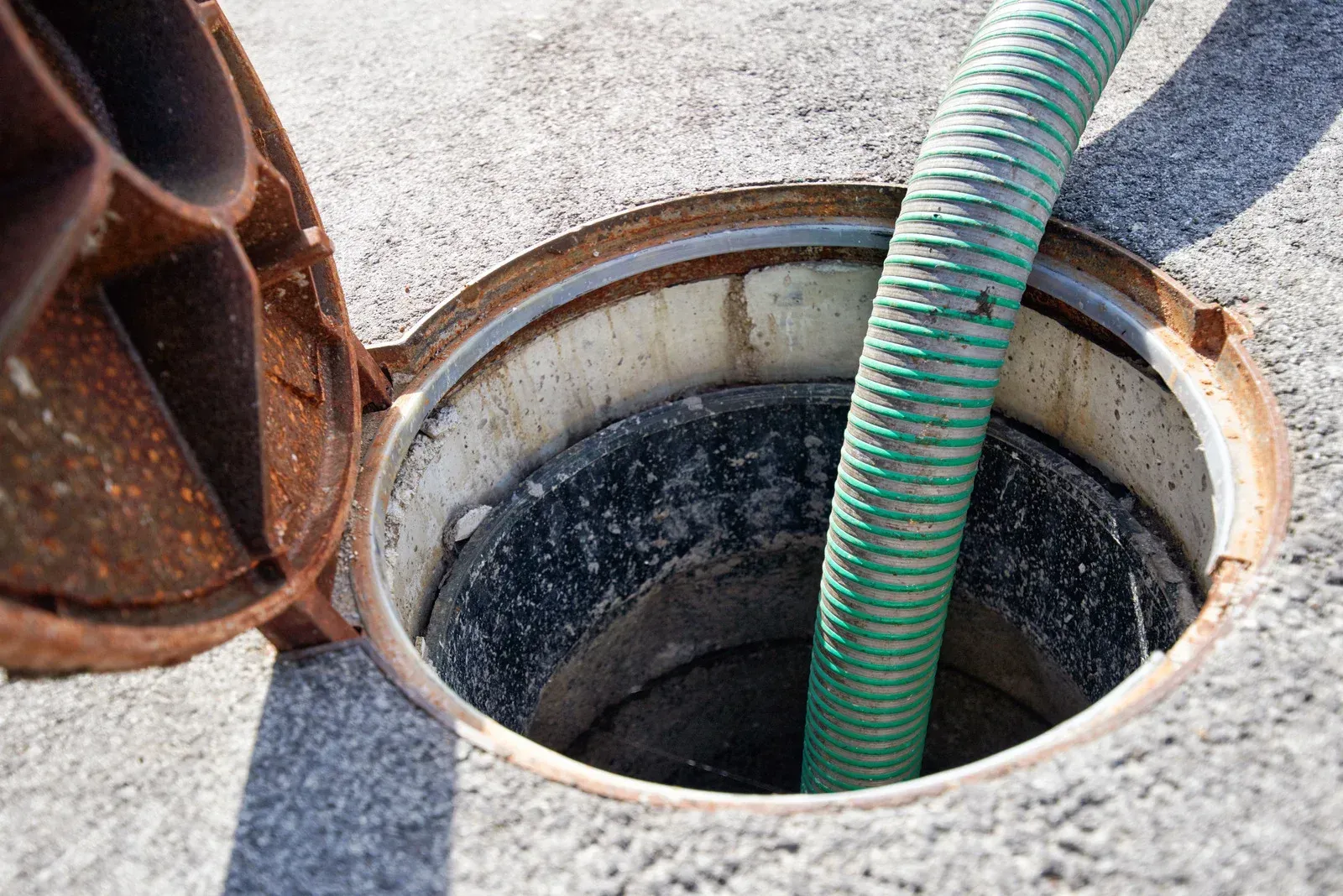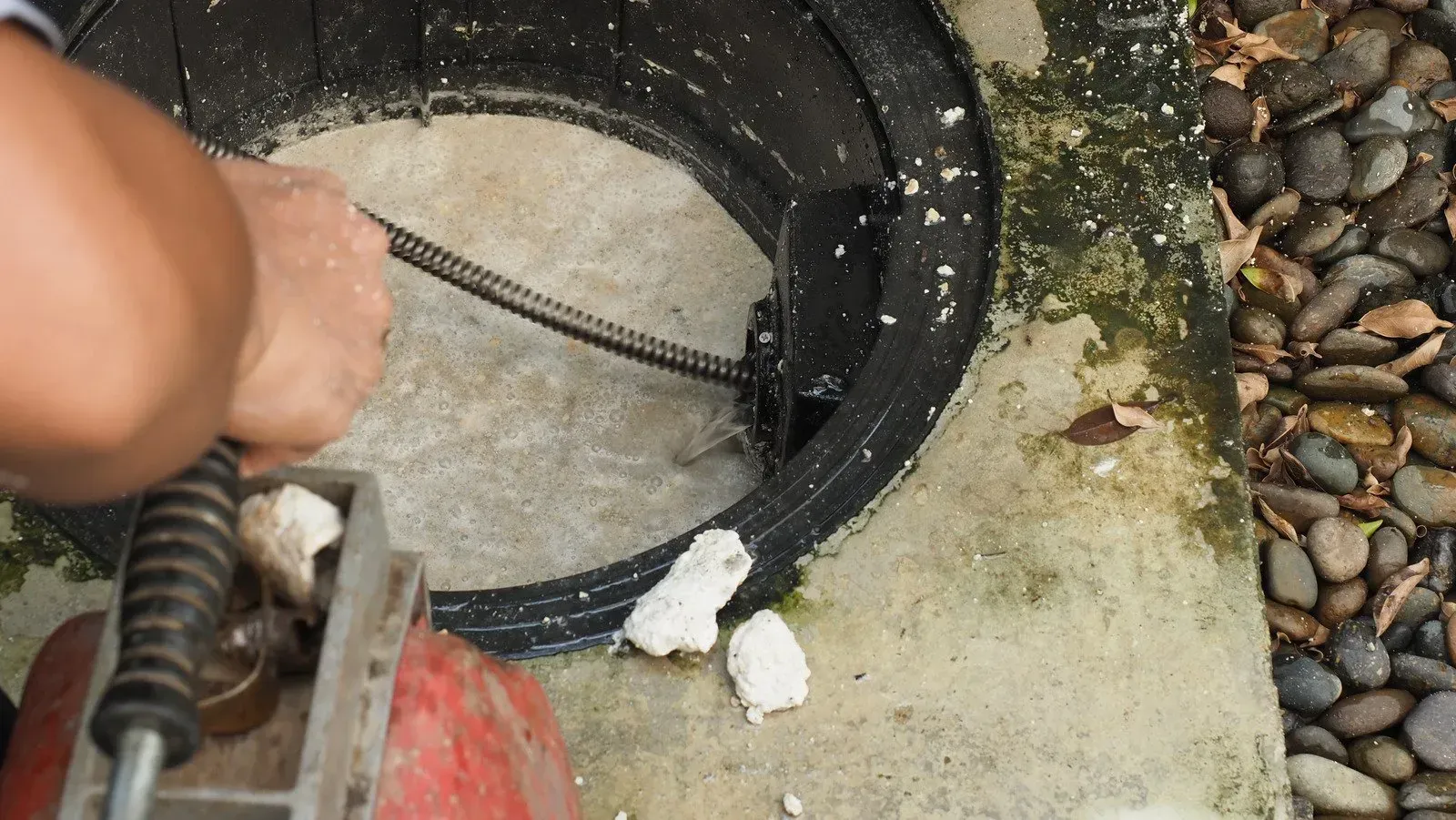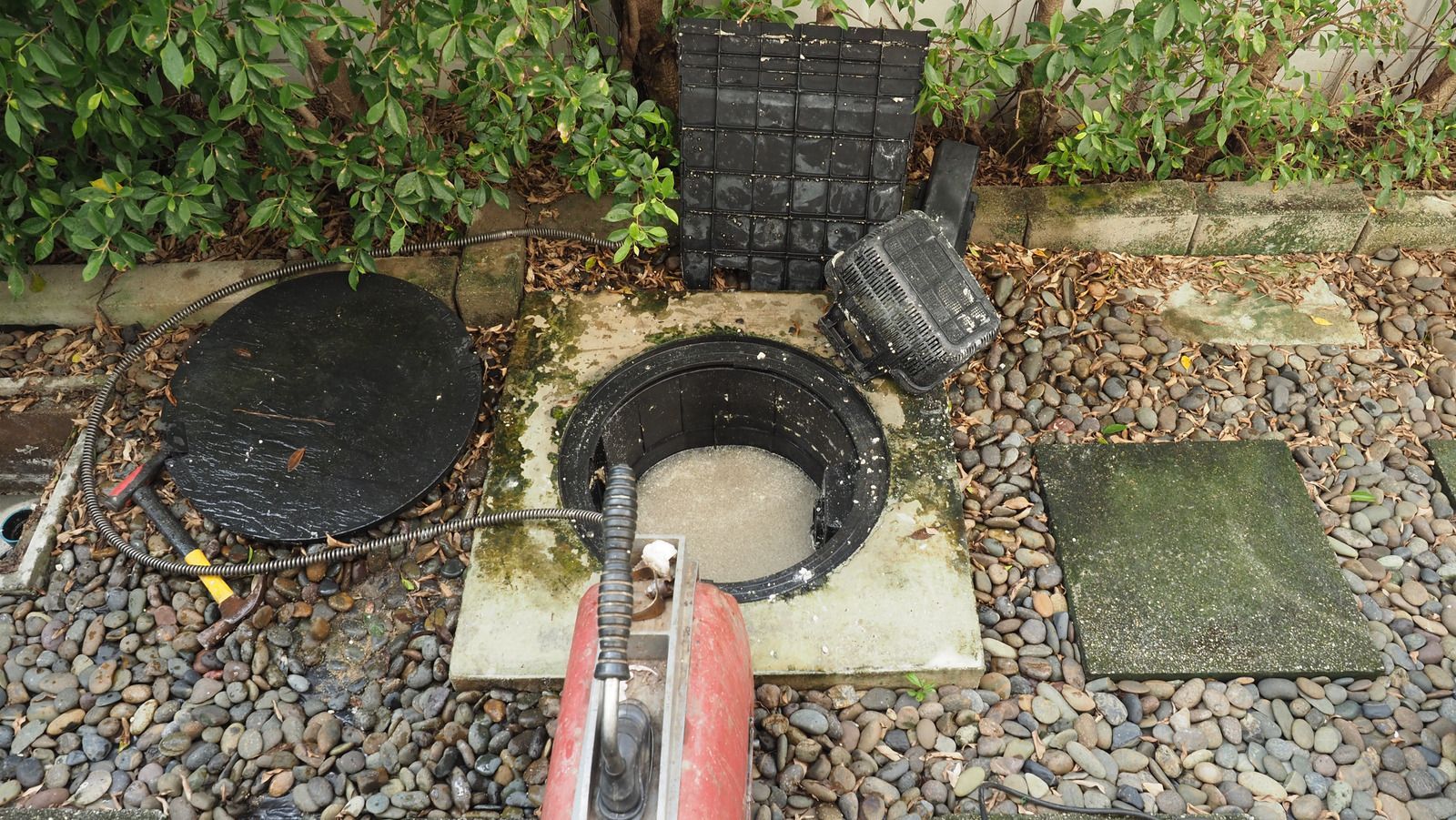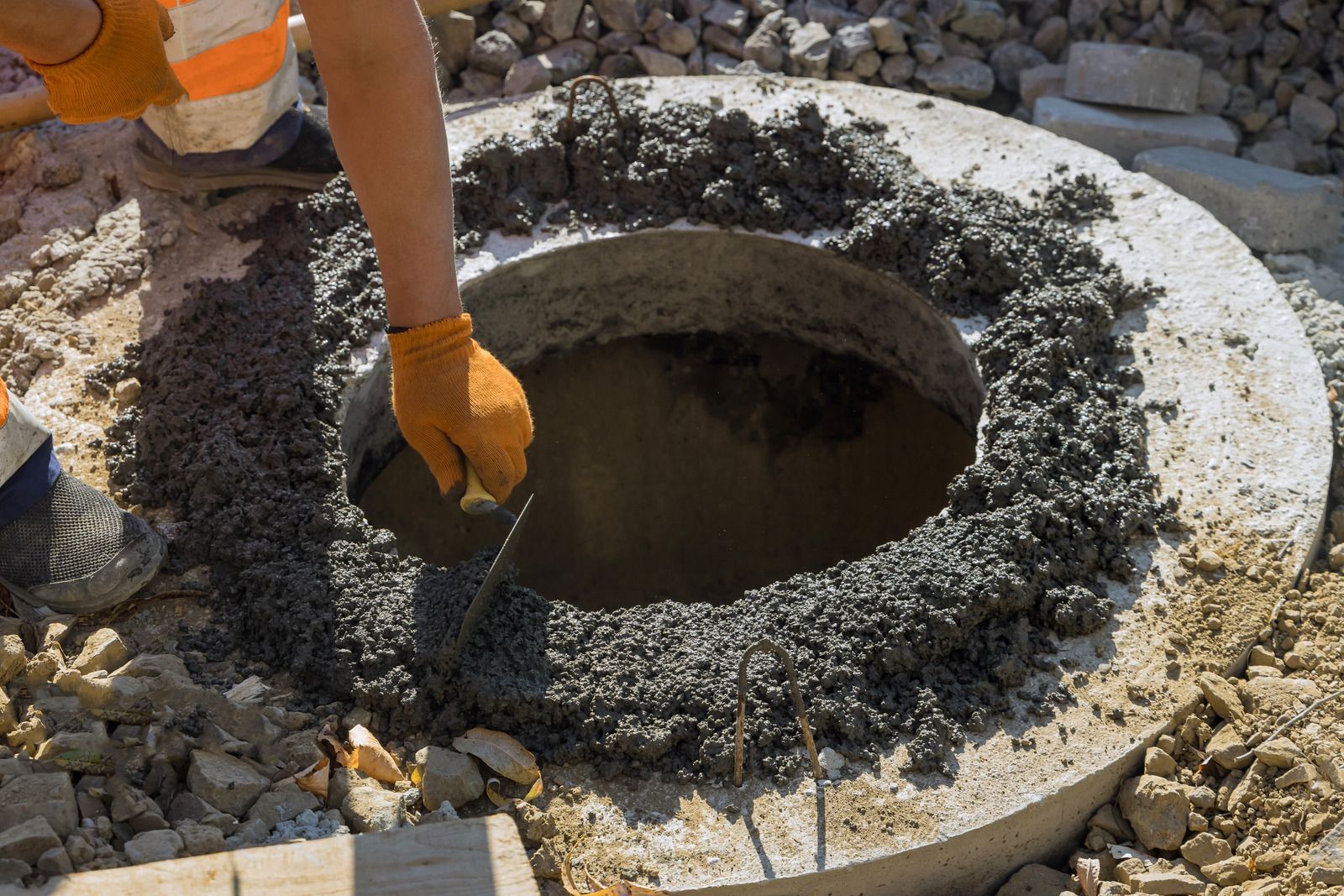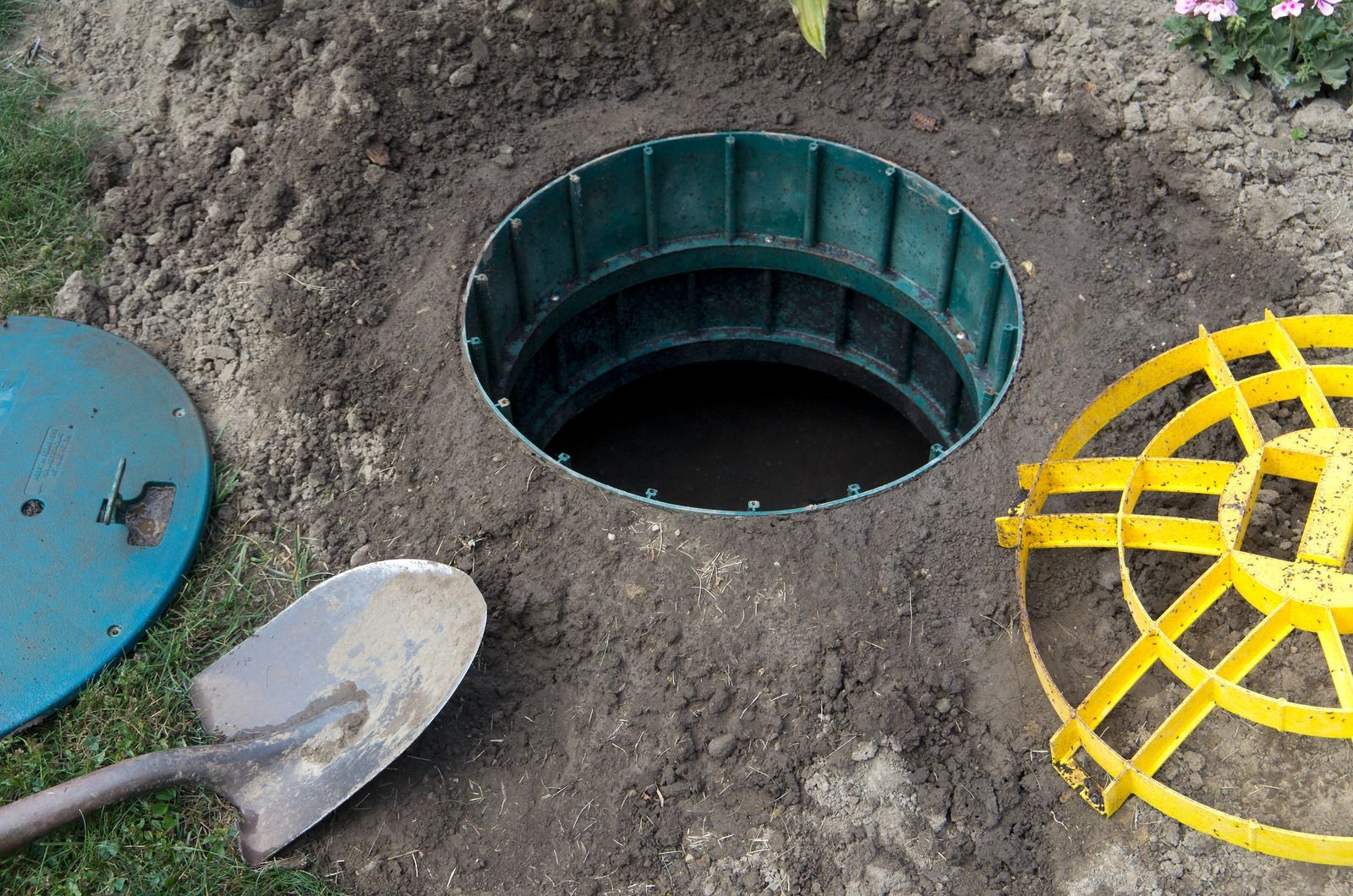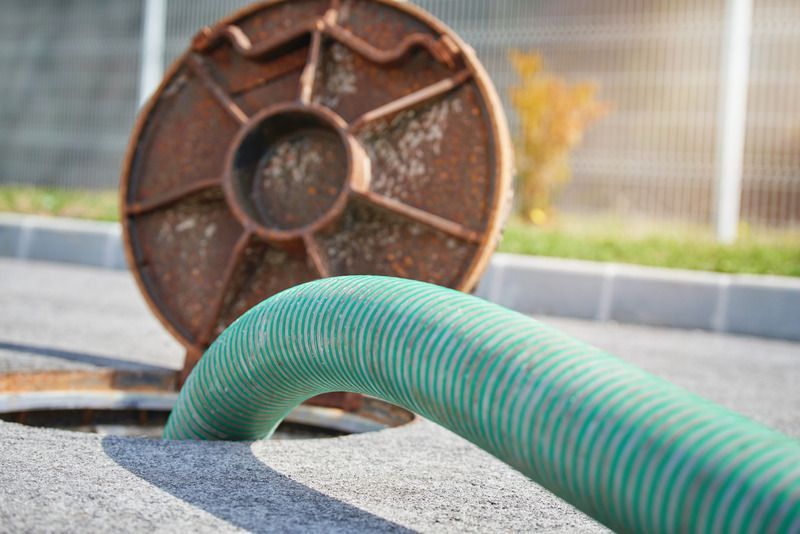The Role of Quality Materials in Ensuring Construction Longevity
While envisioning our ideal home or workspace, we're easily drawn to its aesthetics, designs, and color palettes. Yet, the construction materials form the essence of these visions. What makes high-quality materials so pivotal?
Top 10 Advantages of Prioritizing Premium Construction Materials
1. Robustness and Longevity
Fundamentally, the building's resilience lies in its construction materials. Superior-grade materials resist damage over time, ensuring that structures can brave elements such as rain, wind, and fluctuating temperatures.
2. Reduced Upkeep
Structures constructed with top-tier materials demand fewer repairs. High-quality products have a longer lifespan, whether it's façade paint, roofing, or interior installations. It translates to savings on upkeep expenses and decreased inconvenience as the years pass.
3. Adaptability to Weather
Choosing top-quality materials often includes the perk of being weather-resistant. These materials are crucial in minimizing potential damage from harsh sunrays, precipitation, or frosty conditions.
4. Safety
Using top-notch construction materials isn't just a matter of longevity; it's about safety, too. Inferior materials can lead to tragic accidents, such as collapses or fires. For instance, quality electrical wiring reduces the risk of electrical fires, and robust, well-treated timber is less likely to rot or break.
5. Energy Efficiency
Modern, high-quality construction materials often focus on energy efficiency. Sound insulation materials, for example, can keep a building warm during winters and cool during summers, reducing reliance on heaters and air conditioners and thereby cutting energy costs.
6. Better Aesthetics
While this might sound superficial compared to the other points, aesthetics play a role in construction longevity. Materials that maintain their appearance over time contribute to a building's appeal and value. High-quality paints or finishes that resist fading, staining, or chipping ensure that structures continue to look new for longer.
7. Cost-Effective in the Long Run
While quality materials might be more expensive initially, they prove to be cost-effective over the lifespan of the building. Think of it as an investment: spend a little more now and save a lot on repairs and replacements in the future.
8. Environmental Impact
Sustainable and quality materials typically have a lesser environmental footprint. Whether they're sourced responsibly, have a longer lifespan, or are recyclable, they help reduce the negative impact on our environment.
9. Protection Against Pests
High-grade materials, especially in woodwork, can offer better protection against pests. Termites, for instance, can wreak havoc on wood. But treated, quality wood can fend off these unwelcome guests for years.
10. Increased Property Value
If you ever decide to sell or rent out your property, the materials' quality can be a significant selling point. Potential buyers or tenants will be willing to pay more for a space that promises longevity and less maintenance.
While cutting corners and saving money upfront might be tempting, this can lead to increased costs, safety hazards, and stress. In construction, as in many areas of life, you often get what you pay for. Investing in quality from the outset ensures that your building stands the test of time, remains safe, looks good, and is cost-effective in the long run. The next time you're involved in a construction project, remember the crucial role of quality materials and choose wisely.


Send Us A Message
Thank you for contacting us.
We will get back to you as soon as possible
Oops, there was an error sending your message.
Please try again later
Areas We Serve
Location
Contact Us
Primary Office : 315-699-1520
Charlie (Emergency & After Hours) : 315-374-3645
Sonja (Billing) : 315-530-7683
crmattes@twcny.rr.com
sonja.cmattes@gmail.com
Location
Business Hours
- Mon - Fri
- -
- Sat - Sun
- Closed
- Mon - Sun
- -
After hour emergency service subject to availability. Office phone line is monitored 24/7

